| Jan | Feb | Mar | Apr | May | Jun | Jul | Aug | Sep | Oct | Nov | Dec |
|---|
Building Map...
| Number | Accession ID | Location | |
| 1 | ORIG_6248*A | DLR |
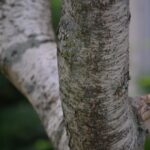
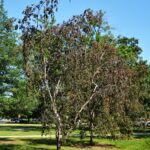
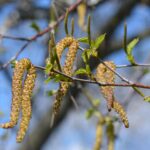
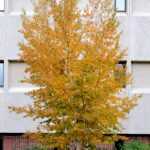
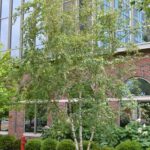
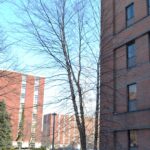
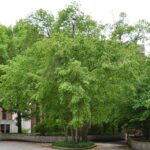
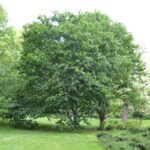
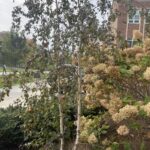
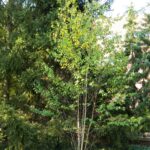
The Purdue Arboretum is a collaboration between the Department of Horticulture and Landscape Architecture and Physical Facilities Grounds Department